
How do volunteers manage to do what others can't? How do you convince civilians to leave cities that are constantly being shelled? Rubryka answers these questions with Albina Shevchenko, volunteer, and head of the evacuation department of the NGO HelpPeople.
What is the problem?
Shevchenko's hometown, Mariupol, was among the first to meet the Russian invasion. The volunteer says she could not look at the occupation indifferently and stay away, so she started looking for drivers, buses, and fuel. On March 16, the first evacuation flight organized by Shevchenko left for Mariupol.
Shevchenko started with an 18-seater Sprinter minibus but managed to take 30 people out at once. Then a second bus appeared and a third. By April 1, she already had ten buses taking people from Mariupol to Zaporizhzhia. Then the drivers were captured by Russian forces, everything stopped a little, and Shevchenko joined the HelpPeople organization. Then she started evacuating people from Sloviansk, Kramatorsk, and other cities of the Donetsk region.

At the end of March 2022, the Russian occupiers captured 32 volunteer drivers from Mariupol, who evacuated the townspeople and delivered humanitarian aid. The Russian military imprisoned them on the territory of the former correctional colony No. 120 in occupied Olenivka and charged them with terrorism. The Ukrainians spent more than 100 days in captivity before being released.
"They were all captured in Mariupol in about three days. If we had known, we would not have sent them there. But there was no communication in the city, and when they went there, the drivers could drive for two or four days and not get in touch, so we did not know what had happened. It was a terrible period. We contacted all hotlines and all authorities," Shevchenko recalls.
The prisoners were not properly fed in the colony, and there was no drinking water. There were so many people per square meter that there was a lack of space, and therefore they slept standing up, taking turns. After being released from captivity, two drivers returned to work in evacuation. They do not go to the occupied territories now because they are not allowed to go there, but they work in the frontline zones.
The volunteer comes from Mariupol but has been living in Kyiv for several years. Shevchenko says she found everything she needed to launch the process of evacuating people through social networks.
At first, she found a driver who wanted to go because he also wanted to take his family. Then she posted that she was looking for transport and found out where to refuel for free. Okko gas stations and the Mariupol City Council offered such a service. That's how it all started.
"Every time we sent our buses with two tons of humanitarian aid to Mariupol. Only volunteers could bring it because the occupiers simply blocked other humanitarian cargos," says the volunteer.
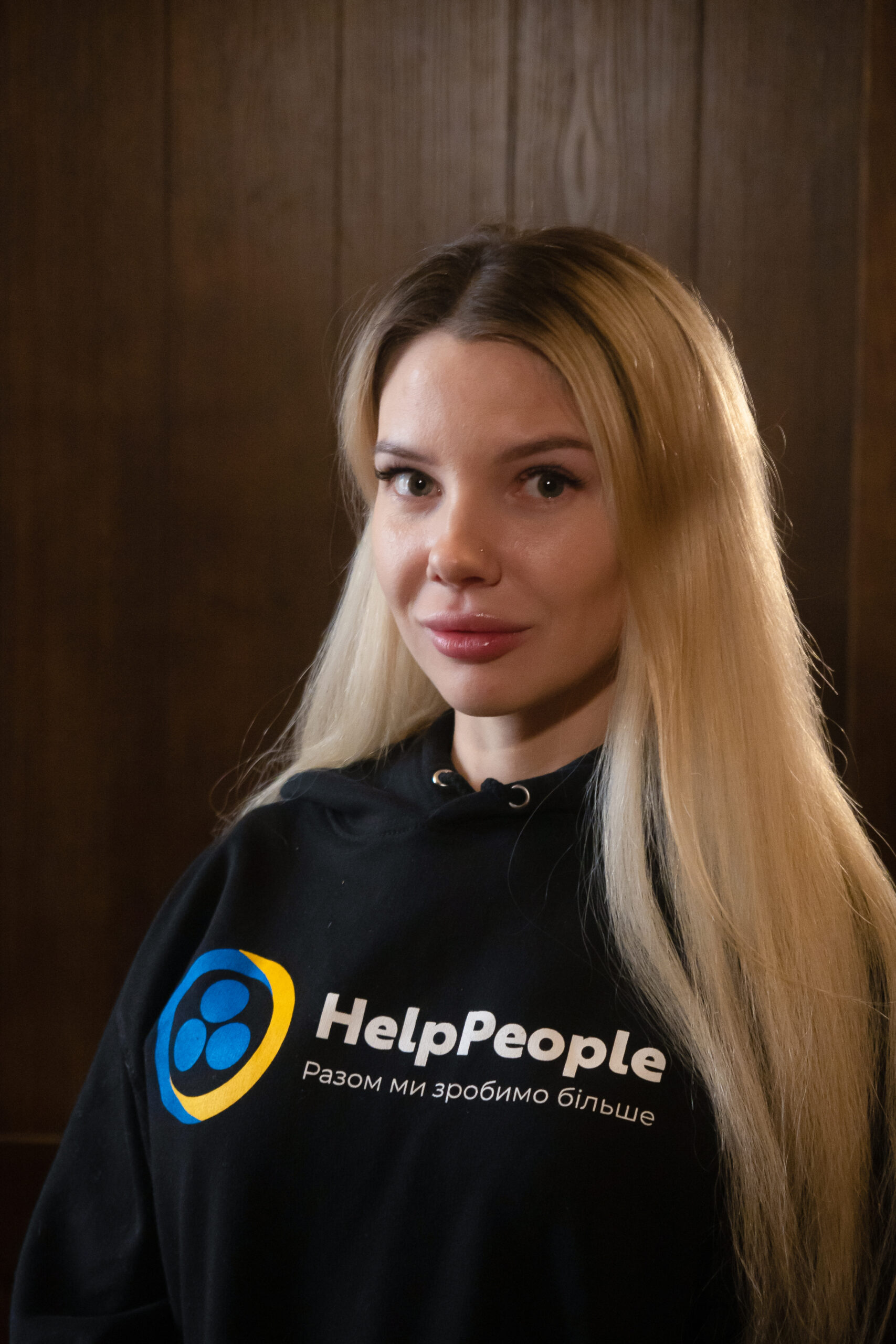
Shevchenko says that when she joined HelpPeople, it became easier to help. In the organization, the roles are clearly divided, and everyone has their specific area of responsibility: someone is responsible for drivers, someone for buses, and someone exclusively for fuel. In total, the organization has already evacuated more than 19,000 people.
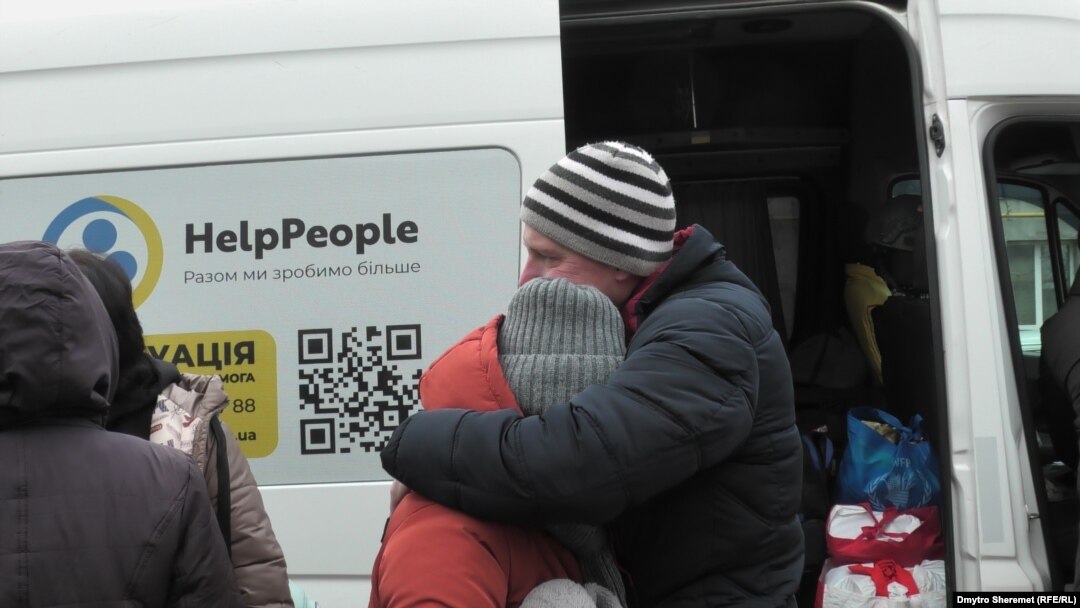
According to the volunteer, the most challenging thing is to help people pack under shelling. The volunteers have already had to take out turtles, foxes, a bicycle, and even a jet ski. The organization has already evacuated over 700 animals.
"We try to help everyone as much as possible, so we do not reject requests. Of course, we ask people to take only emergency suitcases with the most necessary things, but for some, it is a bike or a jet ski. Under these circumstances, when this is perhaps the last thing left for a person, we will not refuse," the volunteer explains.
During one of the trips to Lysychansk in the Luhansk region, when the evacuation team came under fire, one of the drivers lost an eye, and many cars were lost during the evacuation. Sometimes people refuse to evacuate because they can't leave their livestock. People leave when the projectile already hits their house.
The organization also transports people with disabilities and special needs. In particular, volunteers evacuated a boarding school from the de-occupied Kharkiv region.
"We have specialized transport for this purpose. There are several buses with couches for people who can't walk. We also have wheelchairs — we do not refuse anyone," Shevchenko told Rubryka.
The volunteer explains that it is challenging to accommodate such people already on the territory controlled by Ukraine. One thing is if these people stay with relatives, and another if they go to shelters. Shelters often refuse because a person who does not walk requires special care, so the best option is to evacuate this person to a hospital.
How does it work?
HelpPeople contacts can be found through the call center, social networks, and the website, and the organization also cooperates with local authorities. NGO has a memorandum with Ukraine's Ministry of Reintegration — the latter directs those who need to be evacuated to volunteers.
The volunteers take people to shelters, train stations, and relatives. People can stay in the shelters for two to three months, and then, if a person does not find a permanent place of residence, the shelter employees help. After two months, no one will throw a person out, and sometimes they even find a job.
"There are places to go. If people hesitate and don't know where to go, they shouldn't. There is a place to go; I will accommodate them," Shevchenko assures.
Volunteers also traveled to Bakhmut, one of the hottest spots, where the fiercest battles are currently ongoing.
The situation is the same now in the cities of Chasiv Yar and Avdiivka. The volunteers bring humanitarian kits for those who refuse to leave because there is nothing else they can do.
"We continue to feed them because they have nothing — no water or food. People are generally afraid to leave because they don't know what to do, who needs them, who will feed them, or how long it will last. But there are no hopeless situations. We never left anyone without food and a roof over their heads," says the volunteer.
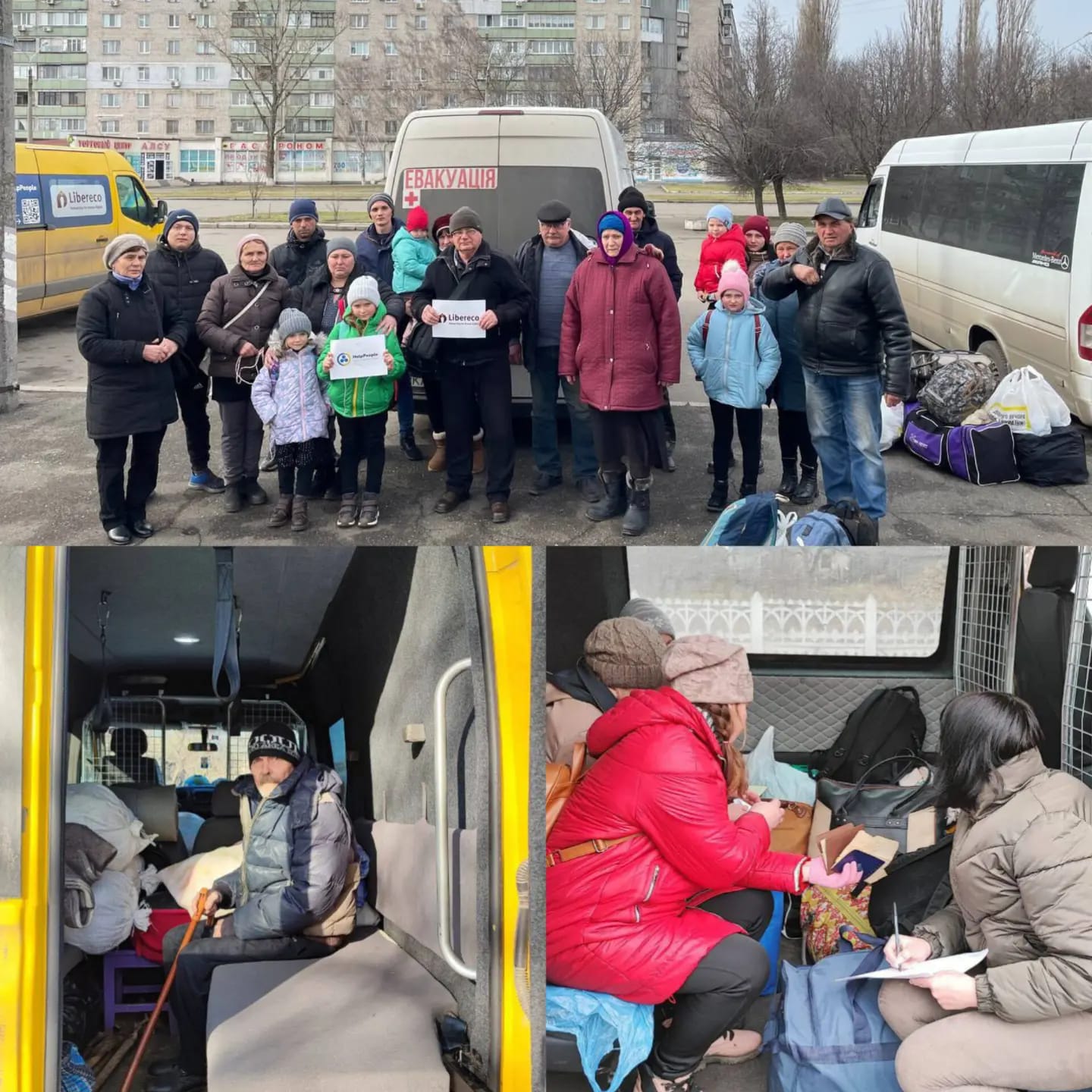
The team of HelpPeople NGO has about 40 officially registered volunteers. The NGO has a humanitarian department providing food, hygiene products, and generators. Many generators have been delivered to administrations, boarding schools and shelters, and families with many children. The organization is still accepting requests for generators. There is also an evacuation department, a marketing department, a fundraising department, and HR.
"We have a big team because everything has to be monitored and controlled," says Shevchenko.
Volunteers work throughout Ukraine. Due to the closure of routes, captured drivers, and lost cars, the team was forced to take a break for some time, but the work has already resumed.
"If necessary, we will also arrange the evacuation from Mykolaiv, but now we do not see the need to put a permanent bus there on the route," Shevchenko continues. "We are constantly working in the Kherson, Donetsk, and Kharkiv regions, in the occupied territories. If there are not enough shelters in Dnipro, Odesa, Kharkiv, and Mykolaiv, we take people to the cities of the west of Ukraine, Kryvyi Rih or Kyiv. We can say that we work all over Ukraine."
"Now, when there are no new attacked or de-occupied territories, we are taking out a stable average of 250 people per week"
Evacuations from the occupied territories take place with the support of local volunteers:
"There are good-hearted people who help us on the other side, in the occupation. They consider it their duty to help us," Shevchenko explains. They take people in their vehicles, and the organization gives money for fuel, provides what is needed, and tells them everything they need to do there.
HelpPeople also assists in making documents, says the volunteer. "For example, seven people left the occupation yesterday. And everyone there has so much of their own story that by the time they crossed that border, I thought I would turn gray. They need accommodation and further help. Seven people is a lot of time, energy, and everything possible, so they are worth their weight in gold."
Shevchenko told Rubryka that if the organization takes ten people out of the occupation in a week, which is currently impossible for the state, and if they also do it free of charge, that's already cool. Since the NGO resumed work in the occupation, they evacuated almost 50 people in a month, primarily families with small children or even babies.
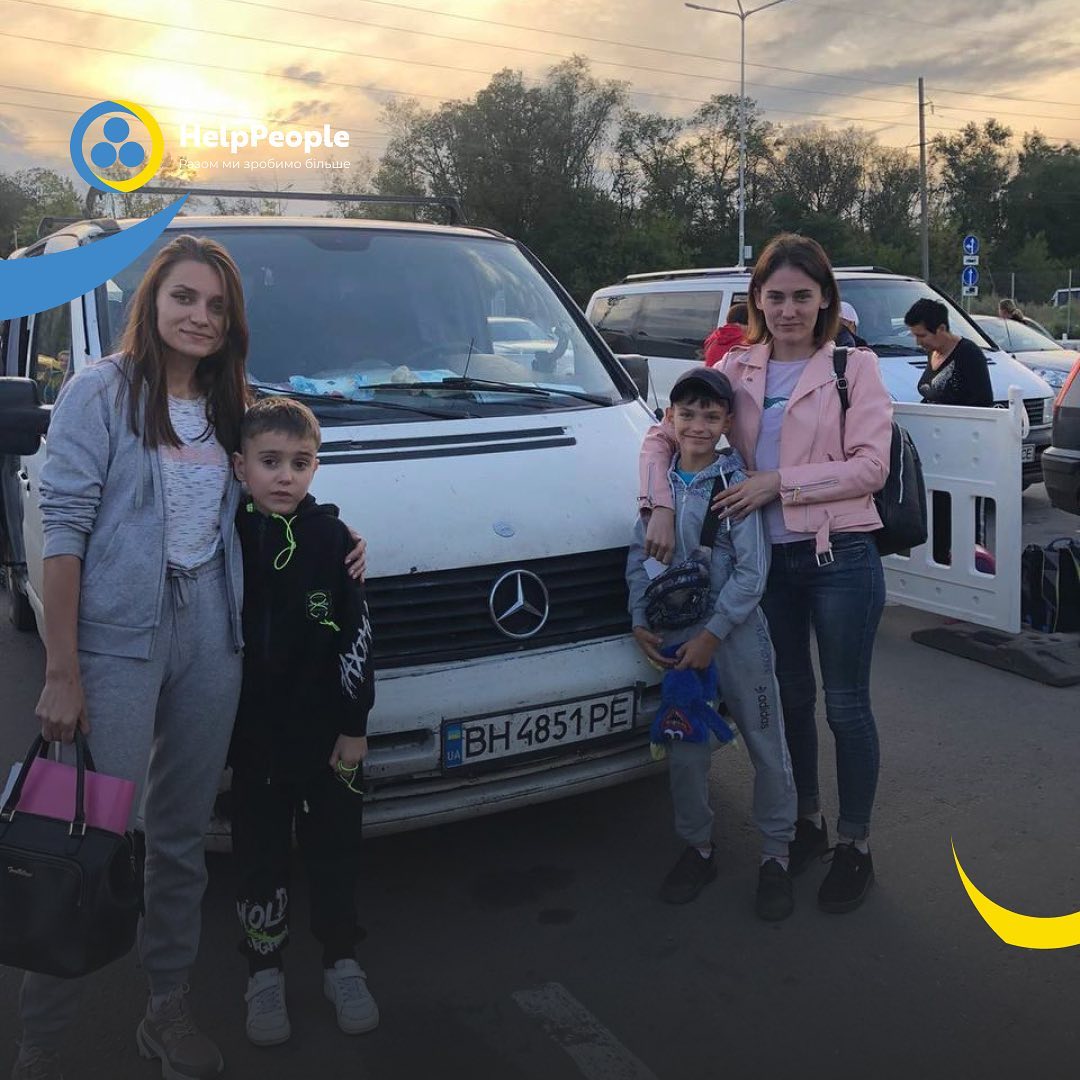
The volunteer says that the number of people evacuating depends on how often and quickly new de-occupied territories appear.
In the Kherson region, the organization took out 1,500 people weekly on buses intended for 16 people. One can only imagine how many flights the driver made. There was also a large influx from Sloviansk in May and Lyman before its occupation. Now the evacuation pace has declined because Ukraine's borders do not change.
Shevchenko says there is no one to take out from Bakhmut because people who stayed are only those who decided to stay there indefinitely.
Secret
The volunteer says how the organization gets to the occupied territories is a secret, but some details can be revealed.
The volunteers don't go through Vasylivka in the Zaporizhzhia region — this humanitarian corridor has been closed for a long time. In September, their driver came under fire there, and since then, they have not used this route. This is done through the Russian Federation, and now there are no other options.
"As long as there are still some corridors, we do it this way: we fully accompany people, find out how to go, and are always with them on the phone. All this happens at our expense," says the volunteer.
According to Shevchenko, this is hard and tedious work because you have to spend a lot of time with each family to explain what can be said at the borders, what can't be said, what should be and shouldn't be. In general, for the most part, the departure of each family is a separate case, says the volunteer.
"This week, we even evacuated a bedridden patient and drove her two kilometers on the couch. Every story is complex and different. This bedridden woman got from the temporarily occupied Skadovsk in the Kherson region through the Russian Federation to the territory controlled by Ukraine in three days," Shevchenko shares this touching with Rubryka.
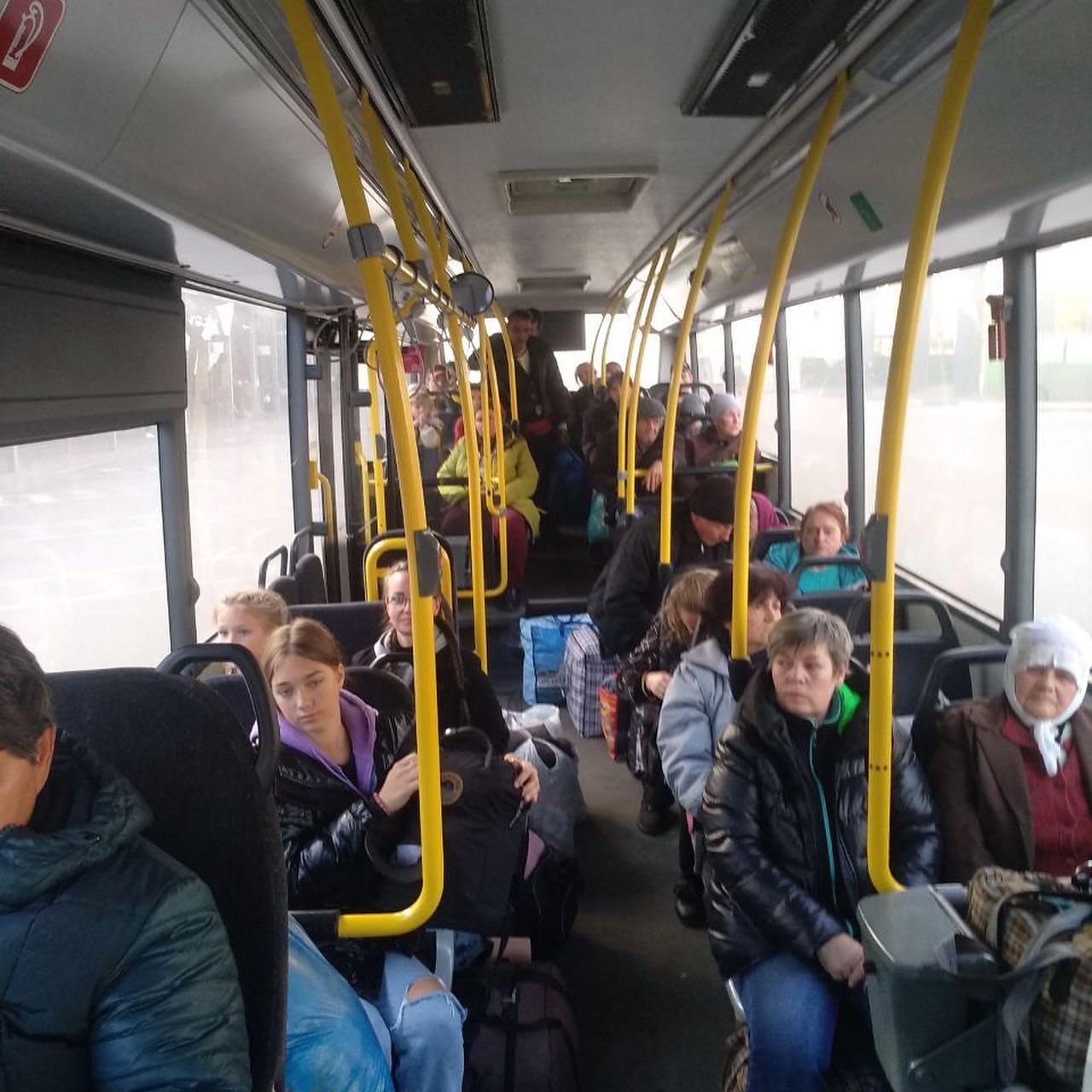
What doesn't work?
From the first days of the full-scale war, the state could not enter the occupied cities and communities, including Mariupol, while the volunteers did it constantly, even at the risk of their lives. Shevchenko believes that the Ukrainian authorities at that time could at least provide fuel and evacuation buses to those who could reach the occupied cities and evacuate as many people as possible.
"Wasn't it possible to provide buses from the fleets to those volunteers who could evacuate people? This would have significantly speeded up the rescue of people because while we were organizing meetings, collecting donations, and contacting some partners, people could not leave," Shevchenko contemplates. "I believe that it was possible to do it. If the volunteers were helped a little, it would significantly speed up the evacuation process, and many more people would now be in the unoccupied territory," the volunteer is convinced.
"I'm glad I started to forget"
Remembering everyone who managed to evacuate, Shevchenko says:
"There were so many stories that I'm even glad I started to forget them. In March, Mariupol was a horror story." The volunteer recalls a story of how a woman called her and asked to evacuate her five-year-old nephew, who stayed with his grandmother, who was probably already out of her mind. The woman's sister was lying dead in the basement, and no one could take her out because of constant shelling and airstrikes. This boy and his grandmother had to stay in the basement with his mother's corpse for three days until they were evacuated.
There was a guy in Mariupol who had to be evacuated the same day because he was injured, and if he hadn't been taken out in time, he would have had to have his leg amputated. Fortunately, other volunteers managed to pick him up in time.
Some stories were funny. Right before the occupation, an older lady entered the bus in Lyman and asked the driver from which side the sun would shine at her because she had to go far with him.
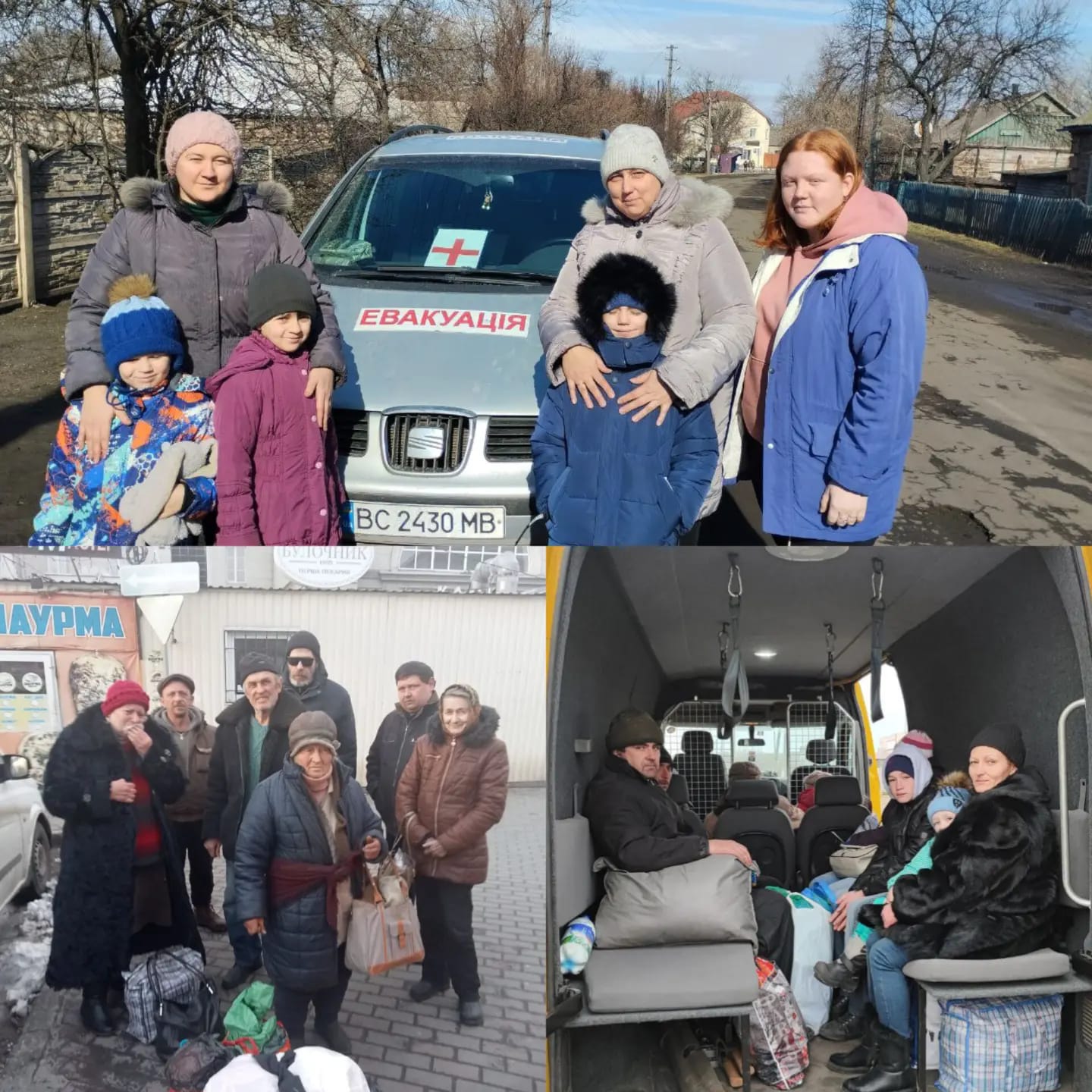
You can get advice or find out how to evacuate from a frontline city or how to leave the occupied territories by visiting their website or calling the non-governmental organization HelpPeople at +38093 696 9788.

Seven seconds from smartphone to air defense maps: how one app unites millions to shoot down Russian missiles

Why does russia kidnap Ukrainian children, and what should victims do: interview with human rights advocate Alyona Lunyova

Psychologists, social workers, and special equipment: rehabilitation of people injured in the war
Newsletter
Digest of the most interesting news: just about the main thing






